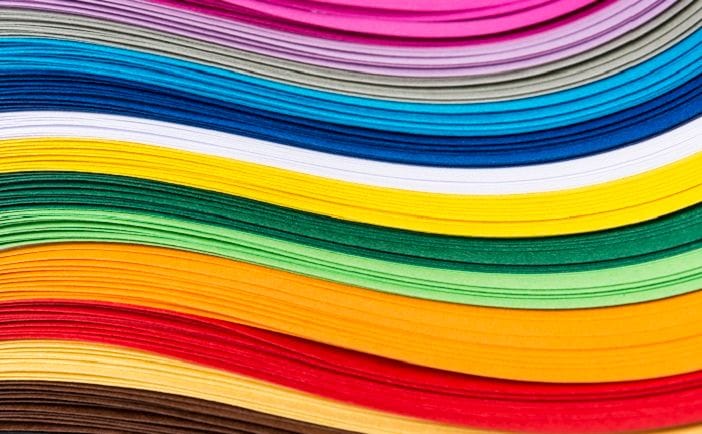Paper selection is critical to your print's final look and feel. It also dictates where and how the finished product is best used. Your local Snap Centre will provide you with guidance on paper choice, taking into account both your budget and the impression you're wanting to achieve.
Paper weight is measured in GSM, or grams per square metre. Typically, the higher the GSM value, the thicker and stiffer the paper. This can communicate subtle clues about your brand and message. Thicker stocks imply a more premium product or service, whereas thinner stocks imply a cheaper, more value-oriented brand.
Once the weight of paper has been selected, it's time to consider the finish. This adds another layer of sensory engagement and can greatly influence your target audience as they hold the finished products in their hands. Just like GSM, your choice of paper finish will determine the overall look and feel of your printed piece.
Paper finish options include:
- Uncoated paper: No glare and absorbs wet ink, which reduces the risk of smudging when written on. Perfect for text-heavy forms like manuals, letterheads, tickets and memo paper.
- Silk-coat paper: Often used for reports, flyers, business cards and magazines due to its high quality feel that is subtler than gloss. Can be referred to as Matte, Dull or Satin.
- Gloss-coated paper: The shiny surface makes it a perfect match for bold colours and high-contrast prints. A favourite for high-end magazines, brochures and booklets.
- Specialty Paper: Generally referred to by brand names and used for high end print projects, invitations, cards and covers. Offered in various weights, textures and coated or uncoated. Specialty Paper is not a paper. It is a machine brand and process of a digital embellishments. It cannot be applied on all paper types and generally requires a laminate.
- Scodix: Adds a luxury feel to any of the above paper finishes using embellishments in a variety of raised foil blocking and spot UV gloss finishes.




